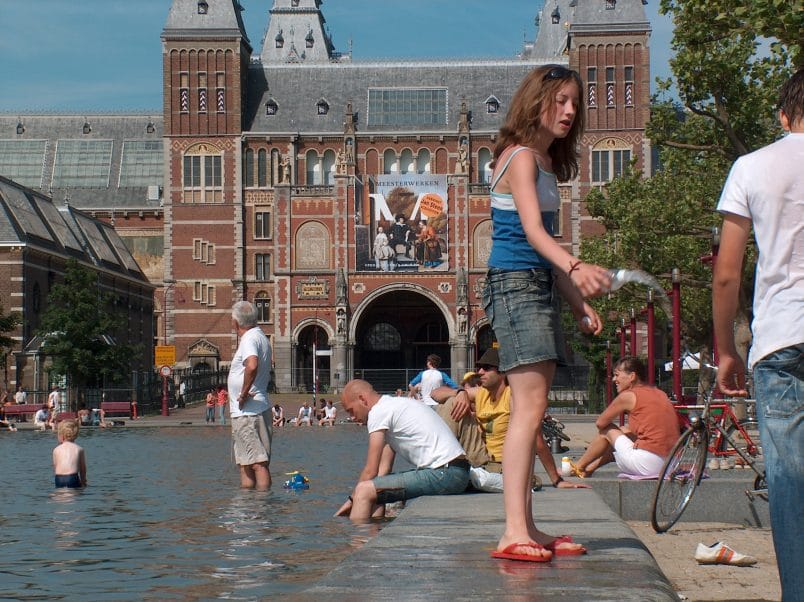Roos Gerritsma & Jacques Vork
Research Group of Creative Business, Hogeschool Inholland Amsterdam|Diemen, Inholland University of Applied Sciences, Wildenborch 6, 1110 AG Diemen, Netherlands
E-mails: roos.gerritsma@inholland.nl; jacques.vork@inholland.nl
Received 2 February 2017; accepted 12 April 2017
In Amsterdam, the phenomenon of overcrowding is increasing, and tourism is one of the causes. Both the pub- lic debate and the municipal authorities are pointing to an increasing need for more expertise and knowledge regarding ways of achieving a healthy balance for various stakeholders. This article focuses on the stakeholder role of city residents and discusses their attitudes to tourists and tourism-related developments in their own neighbourhood and in the rest of the city. The term “attitude” can be divided into three components: feeling, behaviour and thinking. The results of this study are based on both quantitative and qualitative fieldwork (surveys and semi-structured interviews) and on desk research. It can be concluded that, for the most part, residents have a positive attitude to tourists and tourism. Differences in attitude are mostly determined by the city district where respondents live and by personal feelings and thinking. Follow-up research in the coming years will examine the complexity of the issue of overcrowding in more depth.
Keywords: behaviour, feelings, overcrowdedness, thinking, urban tourism.
Introduction
Amsterdam is growing, in terms of popula- tion, businesses and visitors. In 2014, the total number of hotel stays amounted to 12.5 million, compared with fewer than 8 million in 2000 (O+S het Amsterdamse Bureau voor Onderzoek en Statistiek 2002). The record year 2014 showed a rise of 11.3% in hotel stays as compared to 2013, and in 2015 the increase continued (+3.6% over the first eight months) (toeristischebarometer 2014–2015).
Amsterdam has long been among the top 10 most visited cit- ies in Europe. However, to the users of the city these “record figures” are something of a mixed blessing, as evidenced by the growing number of complaints, protests and reader’s letters in the Amsterdam daily newspaper Het Parool and social media channels such as Facebook and Twitter (for example, on the page of Vereniging Vrienden van de Amsterdamse Binnenstad (Association of Friends of the City Centre) and the Pretpark Amsterdam (Amsterdam Theme Park) account). The limited space in the city is leading to increasing pressure and competition between the various groups of users.
In 2008, the City Marketing and Leisure Management research group at Inholland University of Applied Sciences decided to in- vestigate the perspective of residents towards tourists and tourism in their hometown in more detail; this research was mostly based on Roos Gerritsma’s Master’s thesis dating from 1999. In 2015, second-year Leisure Management1 students, in collaboration with the research group, repeated this study among Amsterdam residents. The theme of this new study is com- parable to that of the 1999 and 2008 versions, supplemented with questions about home- rental platforms such as Airbnb.Inc and more specific questions about particular locations and times during the week.
The introduction section of this article contains a description of the context to exam- ine the issue of overcrowding in Amsterdam in more depth. This is followed by the theo- retical framework, its operationalisation and the research methods. Then the results of the 2015 study are set out and, where relevant, compared to the results from 1999 and 2008. The article then presents the conclusions and a discussion.
